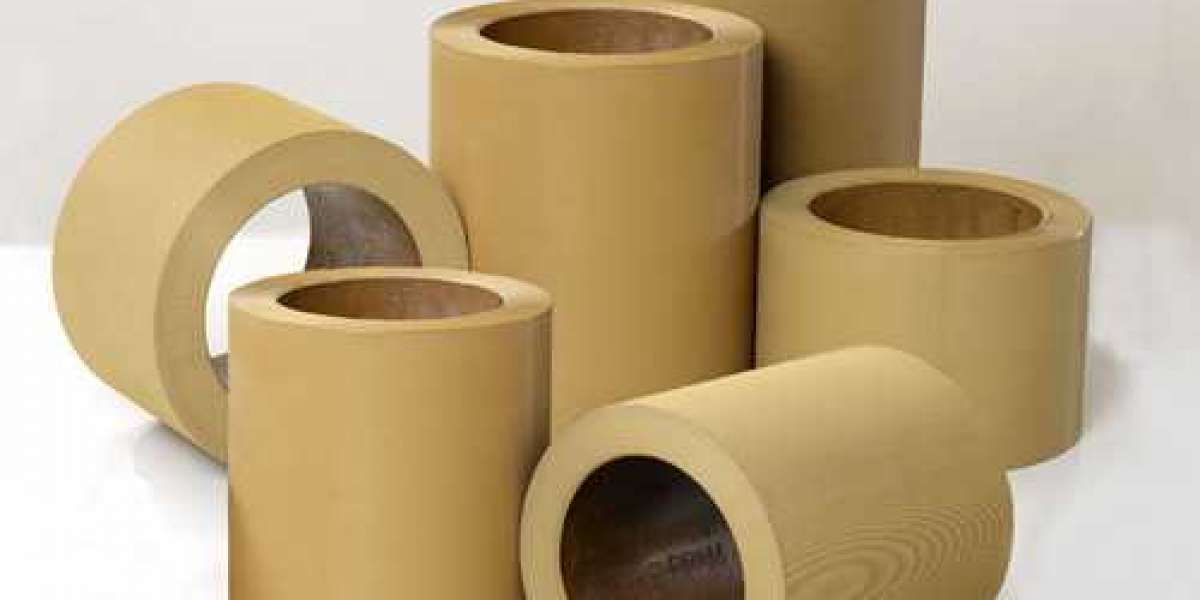Rice is a staple food for billions of people around the world, and its production is a vital part of the global economy. One of the most important steps in rice processing is dehusking, which removes the husk from the rice grain. Traditionally, this has been done using abrasive methods, which can damage the grain and reduce its quality.
However, in recent years, there have been a number of innovations in rice dehusking technology, the most significant of which is the introduction of rubber rolls. Rubber rolls are much gentler on the rice grain, resulting in higher yields and better quality rice.
One of the main advantages of rubber rolls is that they are more effective at removing the husk without damaging the grain. This is because rubber has a higher coefficient of friction than the materials used in traditional abrasive dehusking machines. This means that the rubber rolls can grip the husk more tightly and remove it more effectively.
Another advantage of rubber rolls is that they are more durable. Rubber is a resilient material that can withstand the wear and tear of rice dehusking. This means that rubber rolls last longer than traditional abrasive dehusking machines, which can save rice millers money on maintenance and replacement costs.
In addition to the benefits mentioned above, Rice Dehusking Rubber Rolls also offer a number of other advantages, such as:
- Reduced power consumption: Rubber rolls require less power to operate than traditional abrasive dehusking machines. This can save rice millers money on their energy bills.
- Reduced noise levels: Rubber rolls are much quieter than traditional abrasive dehusking machines. This can improve the working environment for rice mill workers.
- Reduced dust levels: Rubber rolls produce less dust than traditional abrasive dehusking machines. This can improve the air quality in rice mills and reduce the risk of respiratory problems for workers.
The introduction of rubber rolls has revolutionized the rice dehusking industry. Rubber rolls are now the preferred choice for rice millers around the world. They offer a number of advantages over traditional abrasive dehusking machines, including higher yields, better quality rice, reduced power consumption, reduced noise levels, and reduced dust levels.
Innovations in rubber roll technology
In addition to the basic rubber roll design, there have been a number of innovations in rubber roll technology in recent years. For example, some manufacturers now offer rubber rolls with special coatings that can further improve their performance. For example, some coatings can reduce the amount of rice bran that is removed during dehusking, while others can help to prevent the rice grains from sticking to the rolls.
Another innovation in rubber roll technology is the development of variable speed rubber rolls. Variable speed rubber rolls allow rice millers to fine-tune the dehusking process to suit the specific type of rice they are processing. This can help to improve the quality of the finished product and reduce the amount of waste.
The future of rice dehusking technology
The future of rice dehusking technology is likely to see continued innovation in rubber roll technology. Manufacturers are constantly developing new rubber roll designs and coatings to improve the performance of their products. In addition, we are likely to see the development of new rice dehusking machines that incorporate rubber rolls in new and innovative ways.
The introduction of rubber rolls has revolutionized the rice dehusking industry, and they are now the preferred choice for rice millers around the world. As rubber roll technology continues to evolve, we can expect to see even further improvements in the efficiency and quality of rice dehusking in the years to come.







